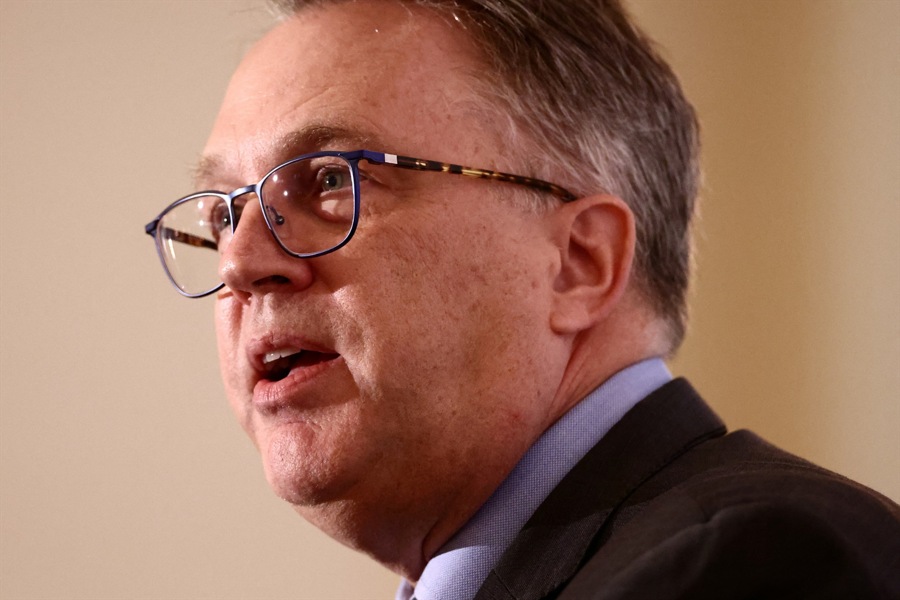Federal Reserve Bank of New York President John Williams keynote speech before the New York Association for Business Economics (NYABE) Distinguished Speaker Series.
Current ‘modestly restrictive’ monetary policy is appropriate.
Current state of interest rate policy allows Fed time to analyze data.
Tariff impact modest so far but will increase over time.
Tariffs should boost inflation one percentage point rest of 2025 into 2026.
Will need to watch data to understand tariff impact.
It's 'early days' for impact of tariffs on economy.
Overall inflation likely at 2.5% in June, core at 2.75%.
Right now, economy in good place, labor market is solid.
Job growth and labor supply are both slowing.
Economy beset by heightened uncertainty.
U.S. economy to grow around 1% this year.
Unemployment to rise to 4.5% by year’s end.
Inflation to stand at between 3%-3.5% this year.
Inflation to ease to 2.5% next year, 2% in 2027.
--
These comments from New York Fed President John Williams offered a mixed picture for markets, reinforcing the Fed’s cautious stance while underscoring emerging risks.
Williams said current monetary policy remains “modestly restrictive” and appropriate, signalling little urgency to cut rates.
His acknowledgment that tariffs could add up to a full percentage point to inflation into 2026 will likely keep rate cut expectations muted, particularly as he noted inflation remains around 2.5% headline and 2.75% core. I bolded the remarks above where he basically said that the tariff economic impact is only just starting.
While he sees the economy in a “good place” for now, Williams flagged slowing job growth and labor supply, alongside heightened uncertainty and a projected rise in unemployment to 4.5% by year-end. Markets will likely interpret this as reinforcing the Fed’s data-dependent posture, but with a tilt toward caution amid rising stagflation risks — sticky inflation coupled with slowing growth.



